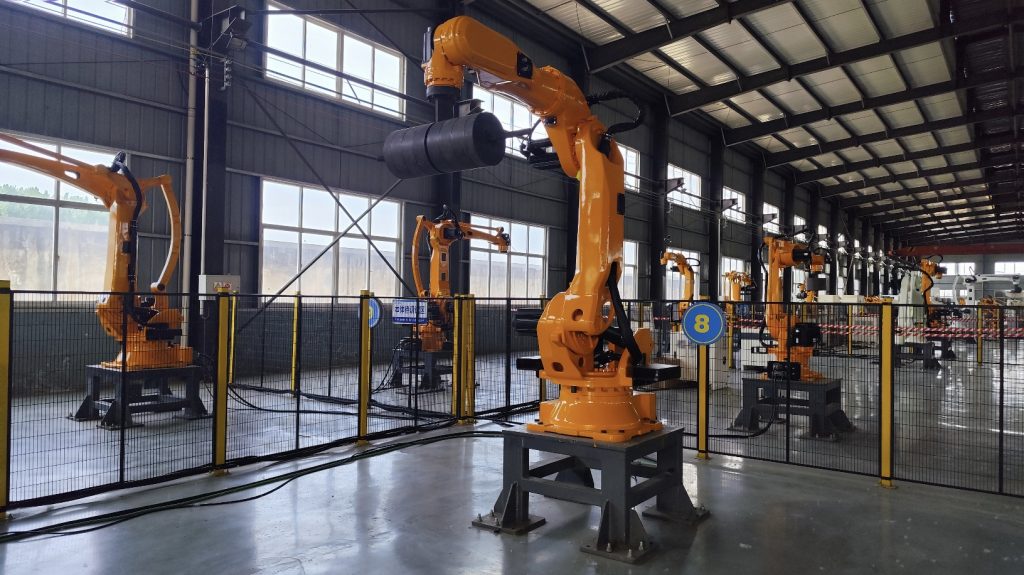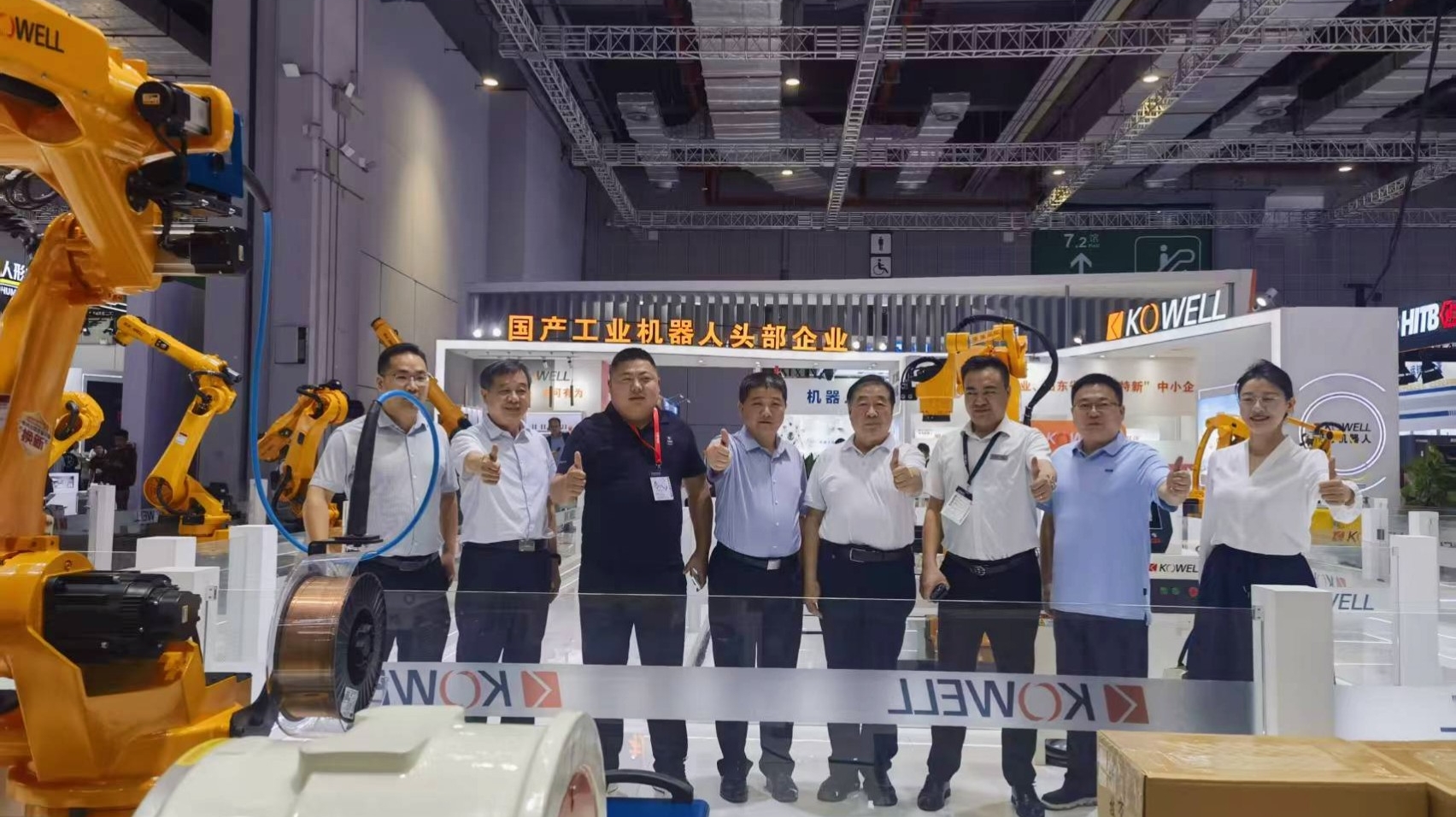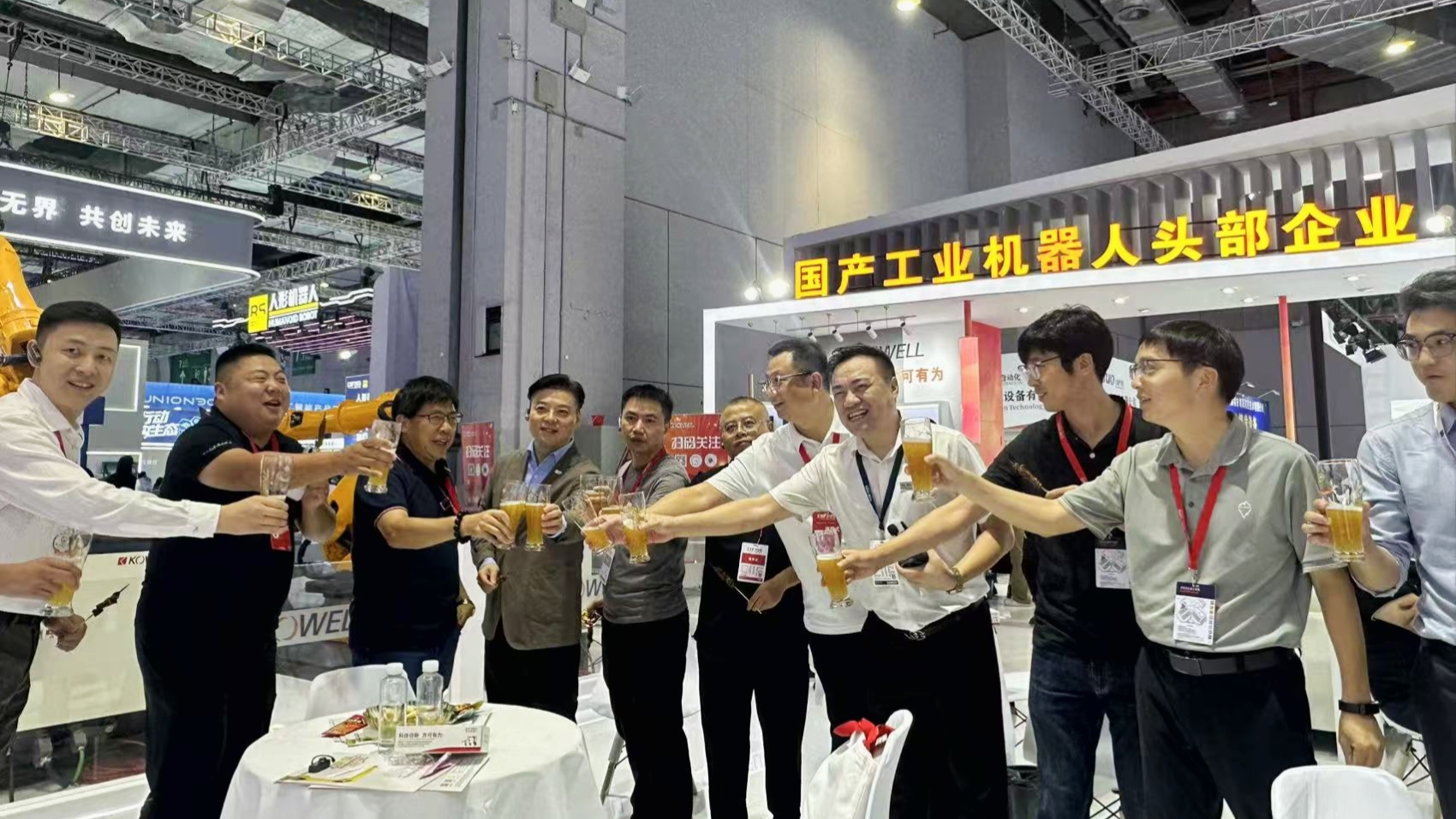In today's increasingly complex and accelerated manufacturing process, the packaging process is no longer a simple process end, but an important variable that affects shipping efficiency, production line stability and even inventory turnover. Especially in the context of the continuous advancement of the intelligent process, as a key node connecting the production line and logistics, the role of the robotic arm at the end of the packaging production line is undergoing profound changes.
In the past, people tended to focus on the upstream processing units and assembly processes, believing that the core that really affects production capacity lies in the main process, and the end only needs to follow up. However, practice has shown that when the packaging speed becomes a system bottleneck and when the shipping rhythm is difficult to match the production capacity, the problem often occurs in the "last link" - the configuration, rhythm and logic matching of the robotic arm at the end of the packaging production line.
From executor to rhythm coordinator
The robotic arm at the end of the packaging production line was originally defined as an automatic handling device that undertakes actions such as boxing, palletizing, and transshipment. However, on modern production lines, it connects not only items, but also process beats and upstream and downstream scheduling systems. It is no longer a passive "receiving of goods", but needs to "understand" the rhythm of the front section, predict the shipping logic, and maintain the stable operation of the entire packaging production line with a highly consistent action rhythm.
Especially in a production environment with short delivery time and small batches, the complexity of the packaging end is much higher than before. The robotic arm not only needs to handle the handling forms of different products, but also needs to adapt to the ever-changing specifications of cartons and pallets, and coordinate multiple links such as intelligent weighing and labeling. This means that the robotic arm at the end of the packaging production line needs to be embedded with stronger scheduling perception and adaptability, and is no longer just an executor of a single task.
Robotic arm at the end of the packaging production line: the "hidden variable" that determines the efficiency of the production line
A fact that is frequently overlooked is that even if the front section of the production line is extremely smooth, if the connection link at the end of the packaging cannot keep up, it will lead to a decline in overall efficiency. For example, in some food and daily chemical production lines, the production end ships more than 100 pieces per minute, and manual handling or unclear logic at the end configuration often becomes a blocking point, resulting in problems such as accumulation, mixed codes, and line stoppage.
At this time, the robotic arm at the end of the packaging production line not only bears the responsibility of "stacking things well", but also needs to accurately identify the product rhythm, adjust the grabbing frequency and stacking strategy in real time, and ensure the continuity of the production line and the consistency of shipment.
This is why more and more manufacturing companies have begun to pay attention to the intelligent transformation of the end link, upgrading the robotic arm at the end of the packaging production line from "accessory option" to "core configuration", and even incorporating it into the scheduling system in the overall layout stage.

Embedded system, undertake more logical tasks
With the advancement of sensor technology and intelligent algorithms, the robotic arm is no longer an isolated mechanical component, but a part of the entire information system. For example, it can be linked with some systems to automatically adjust the action path to cope with temporary order changes; or it can divert different grades of products according to the finished product results and participate in the quality management system.
In some high-demand industries, the end robotic arm even needs to perform complex actions such as multi-pallet differentiation, palletizing, and first-in-first-out logic execution based on real-time code scanning information. The completion of these tasks has far exceeded the traditional "grab-put-repeat" fixed mode, and instead requires the robotic arm to have a stronger process understanding and dynamic response ability.
This evolution means that the end-of-line robotic arms of the packaging production line are moving from "physical tools" to "information carriers", from the end of the action to the logical interface, and are responsible for the conversion of production rhythm and the intelligent distribution of finished product layout.
Re-recognizing the end is not just optimization, but reconstruction
In the past, when investing in the construction of production lines, the end packaging link was often considered at the end of the budget. But now, as the overall production line develops towards flexibility, rhythm, and customization, this "last-place thinking" is gradually being broken. The value of the robotic arm has begun to be re-evaluated. It is not connected to an action, but the logical exit at the end of the entire manufacturing process.
A terminal robotic arm system with reasonable configuration, stable rhythm, and smooth interface can greatly improve the turnover efficiency of the production line, reduce detention, improve packaging neatness and shipment consistency, and lay a good foundation for warehousing and logistics. Its stability can even affect the certainty of the company's overall delivery.
Therefore, for manufacturing companies, reconstructing the cognition of the robotic arm at the end of the packaging production line is not only to improve the efficiency of a certain node, but also to create a redesign of the closed-loop logic of the production line. This shift in perception will become a hidden variable in future smart manufacturing upgrades, and may also be a decisive factor influencing delivery efficiency and customer satisfaction.

Online Consultation
Hello, the current customer service is offline. You can leave your contact information and the staff will respond to you as soon as possible!



![[CIIF Day 4: Technology In-Depth] Kewei Robotics Drives Intelligent Manufacturing with Innovation, Leading the Wave of Industrial Transformation](https://cdn.cnyandex.com/kw_en/uploads/9.26.1.jpg)


![[CIIE First Day: Exploding the House] Kewei Robotics made a stunning appearance at the CIIE, ushering in a new paradigm for intelligent manufacturing!](https://cdn.cnyandex.com/kw_en/uploads/9.23.1.jpg)